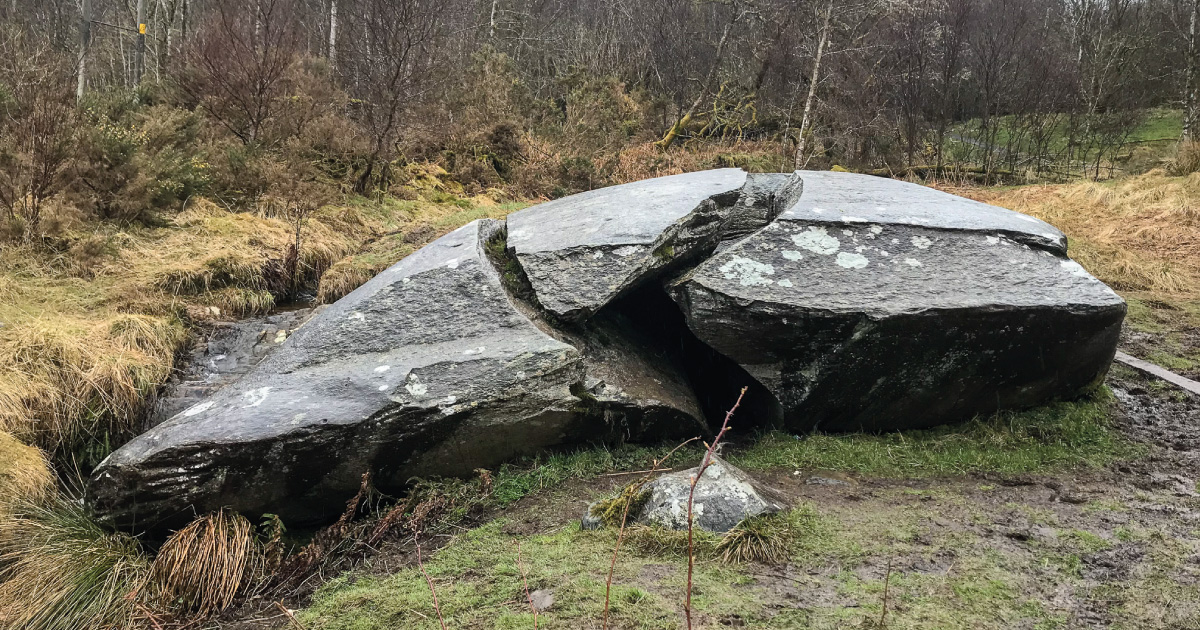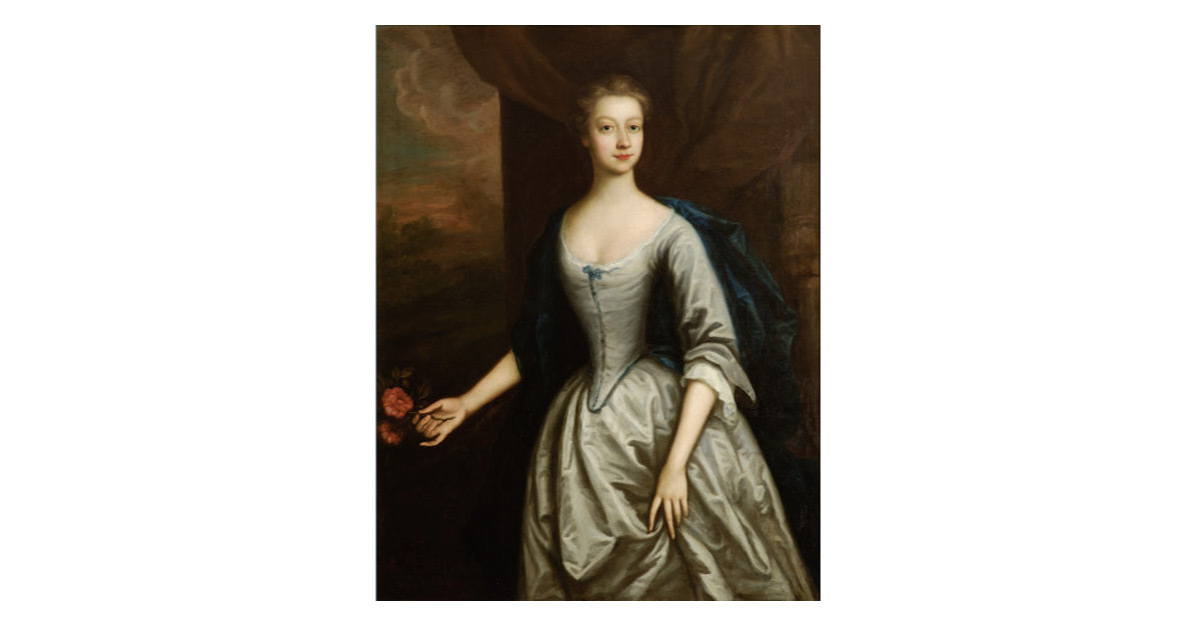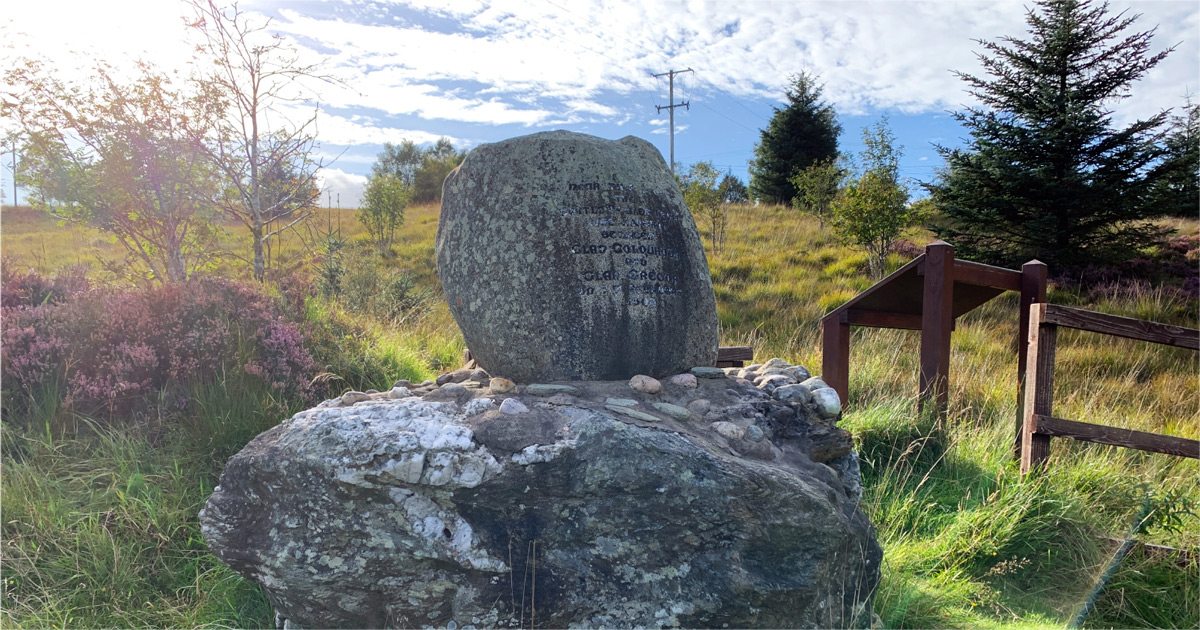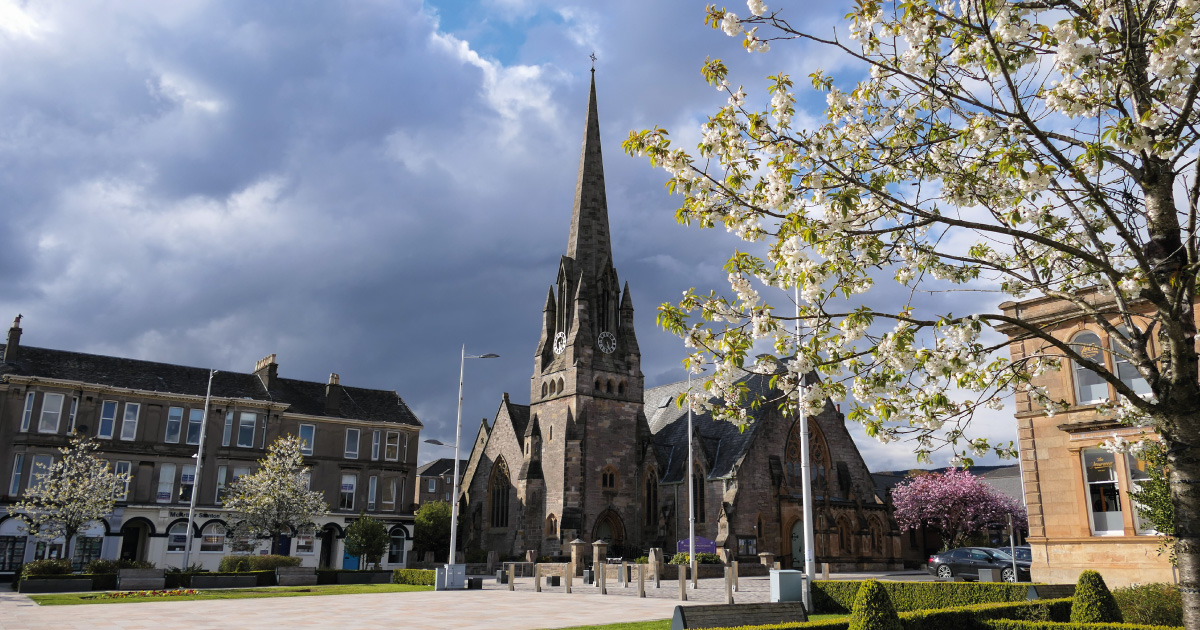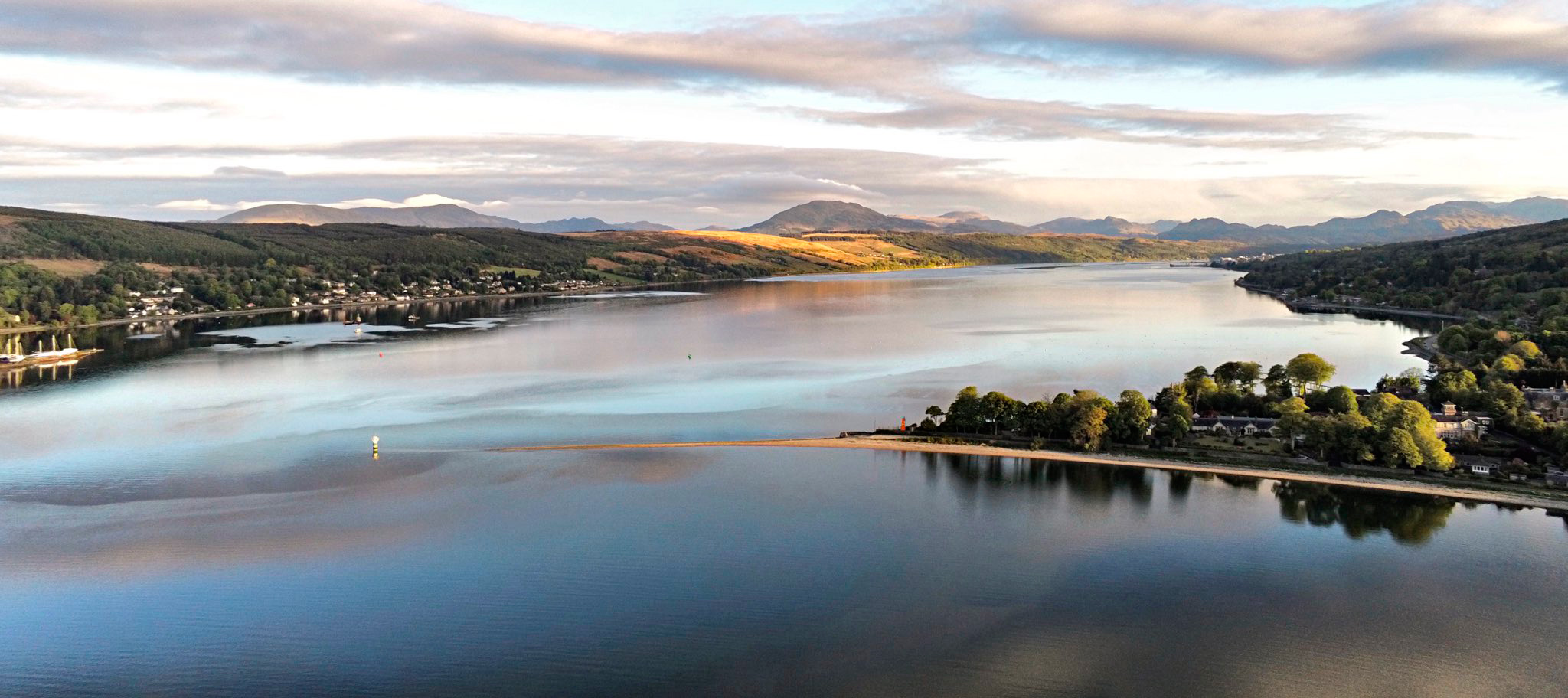
Clan MacAulay
500 years of Clan MacAulay and the Gare Loch
13th-14thC
It is believed that the MacAulay are descendants of a younger son of Alwyn Second of Lennox and they also claim descent from Kenneth McAlpin. Malcolm Earl of Lennox granted Aulay of Fosselane (Faslane) the lands of Airddengappil (Ardencaple) and other lands on the Gare Loch in the 13th century, (probably 1225). The clan also claim they fought for King Alexander III at the Battle of Largs in 1263.
The first MacAulay to appear formally on record is Maurice de Ardencaple as a signatory of the Ragman Roll in 1296, at the time of the Wars of Independence. However, the MacAulays of Ardencaple are believed to have sheltered Wallace and assisted Robert the Bruce’s escape to Lorn. In 1314 they fought at Bannockburn under the Earl of Lennox.
The medieval clan held the lands between Ardencaple and Portincaple on Loch Long. In the early 1600s they increased their land holding to the East of Ardencaple purchasing the Barony of Milligs including Drumfad, Kirkmichael and Buchanan, including some islands in Loch Lomond, from the Galbraiths.
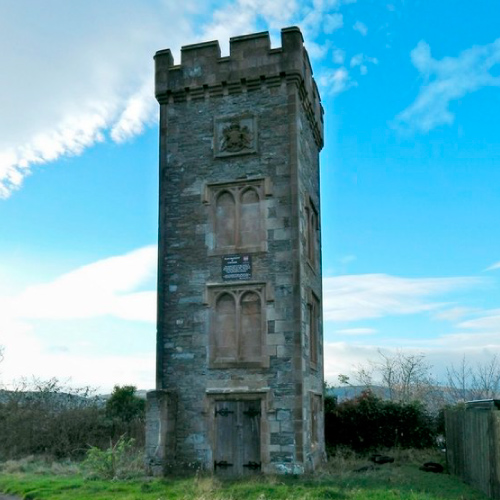

15th-16thC
Little is known about the Ardencaple MacAulays (as opposed to the McAulays of Lewis). In 1473 Alexander de Ardencaple is recorded serving on an inquest into the death of the Earl of Menteith but other than that little is known until the 16th century. It is believed that the name MacAulay was not adopted as the surname until the reign of James V (1513-42). In 1513 the clan chief and Eighth Laird John de Ardincaple was killed at the Battle of Flodden (fighting for Scotland) along with his two sons and the Chief signed the Bond to protect the infant King James VI. The next chief Aulay Makawly of Ardincaple, or Aulay Ardincaple of that Ilk as he was known, was part of the party that escorted James VI to London to claim the English throne.
From the 16th century we have more information on the MacAulays when Walter de Ardencaple became Eleventh Laird in 1566 and he strengthened and enlarged the castle. Walter de Ardencaple is one of the more notable MacAulays and he may have been considered a social climber. During his tenure the castle was often used as a hunting lodge by the king and Mary Queen of Scots is believed to have visited on more than one occasion. The McAulay arms impaled with those of his wife, which are visible on the surviving tower, were put up by Walter after he removed them from the burying aisle of Rhu Church.
16th-17thC
In 1587 Sir Aulay MacAulay, the 12th Laird (succeeded 1583), is included in the Landlords of Gaeldom Roll as a principal vassal of the Earldom of Lennox. This McAulay is immortalised in the rhyme
‘Aulay MacAulay, Knight of Cairndhu
Provost of Dumbarton, Baillie of the Row’.
By 1591 the MacAulays had entered into a formal bond of alliance with MacGregor of Glenstrae recognising that Clan MacAulay was a cadet branch of Clan Gregor and were thereby in conflict with the Colquhouns and Buchanans. However, it would seem that the MacAulays may have had little choice but to submit to Clan Gregor in the form of ‘man rent’ as the MacGregors were aligned with the MacFarlanes of Arrochar and raiding into the Colquhoun lands. Indeed the MacAulays were not proscribed with the MacGregors after the 1603 Battle of Glen Fruin, in which they appear to have played no part.
17th-18thC
Walter’s son the 13th Laird Sir Aulay MacAulay served as MP for Dunbarton in 1608, our first MP was rewarded in 1610 with a knighthood for his services to the King in persecuting the outlawed MacGregors. A was common at the time, allegiances changed frequently based on circumstance!
It is also recorded that in 1613 MacAulay granted Inchtavannach (which the MacAulays had obtained from the Galbraiths) to the Colquhouns of Luss in exchange for ‘money, commodities, pleasures and benefits’.
The 14th Laird Walter of Ardincaple oversaw the foundation of the new parish of Row in 1639. It is recorded in the Presbytery of Dumbarton with the sanction of the General Assembly that the Parish of Row was formed in the lands belonging to MacCaulay and included the lands of Ardincaple, Malligs, Kirkmichael, Stuckleekie, Ardenconnel, Laggarie, Letrault, MacAulay, Blairvattan (Blairvadach), Stuckhoich, Blairnairn and Drumfad. This list indicates that Walter, 14th Laird of Ardencaple had added substantially to the estate between 1622 and 1639.
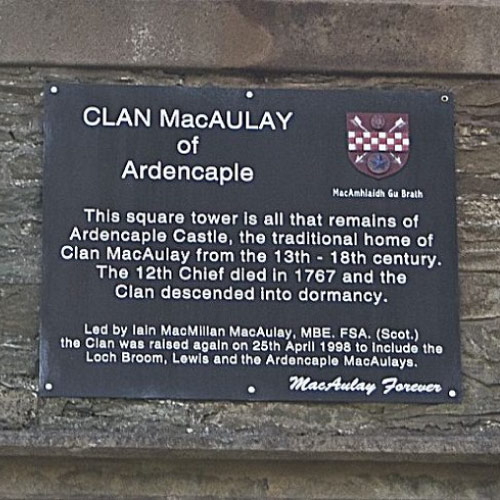
However, the Estate was soon to begin its decline under the 15th Laird Sir Aulay MacAulay of Ardencaple. This MacAulay squandered a large part of the family fortune built up by his forbears on a life of gambling and riotous living. He was married twice and one of his daughters married into the Smollet Family at Cameron on Loch Lomond. Parts of the Ardencaple Estate were sold off bit by bit to pay his debts and fund his extravagant lifestyle.
The dissolute 15th Laird Sir Aulay MacAulay is said to have gambled away Ardencaple Castle in one night and died at the old Faslane Castle penniless and landless. The chieftainship then passed to Alexander and his son Walter was twice Sheriff of Dumbarton. Walter’s son Aulay raised a company of fencibles in 1689 for the cause of William and Mary and was known as the ‘bloody Laird of Ardencaple’. Another of Aulay’s sons Archibald was a Commissioner at the trial of the Covenanters in 1685.
The last Laird, the 19th Laird, also Aulay MacAulay of Ardencaple, had to sell the last remaining fragment of the Ardencaple Estate, the Castle and its Policies. In c.1705 the lands of Milligs, Kirkmichael, Buchanan and Drumfad were sold to Sir John Schaw of Greenock, who later sold them to Sir James Colquhoun of Luss in 1752.
In 1737 the last Aulay MacAulay was forced to sell Ardenconnel, Faslane, Easter and Wester Blairnairn and in 1752 the last Laird sold his last remaining possession Ardencaple Castle to the 4th Duke of Argyll. The last MacAulay Laird died destitute at Laggarie in Rhu in 1787 bringing to an end 500 years of family association with the Gare Loch.

